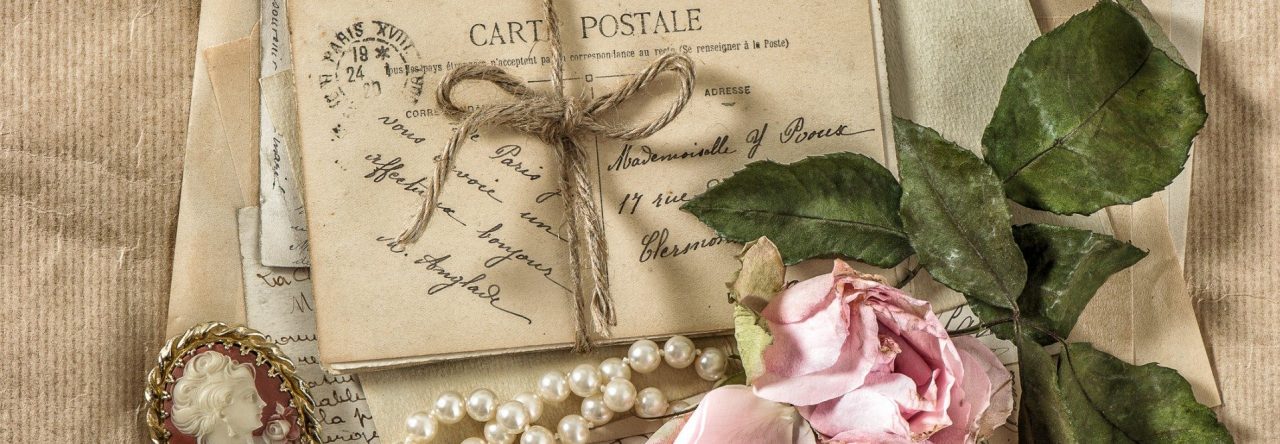Earlier this week, on September 7, Uncle Sam turned 203 years old!
I always thought Uncle Sam was only a nickname, a personification for the United States. But I recently found out there is a real person behind the name.
Samuel Wilson, along with his brother Ebeneezer, began a meat packing business in Troy, New York. Samuel was considered outgoing and friendly, and became well known in Troy and the surrounding areas as “Uncle Sam.” Their enterprise was highly successful and soon the brothers purchased their own dock and sloops, as well as land to raise produce and pasture animals headed for the slaughterhouse.
During the War of 1812, the Wilson’s were subcontracted by Elbert Anderson, Jr. to supply five thousand barrels of pork and beef to troops stationed in New York and New Jersey. The barrels supplied to the army were stamped “E.A.–U.S.,” indicating Elbert Anderson, supplier to the United States government. Visitors to the docks asked what the marking on the barrels meant. Slaughterhouse workers mistaking the U.S. stamp for the initials of their employer responded, “Uncle Sam Wilson. It is he who is feeding the army.” The misinterpretation spread and before long any rations headed for U.S. government use were known as “Uncle Sam’s.”
 By March of 1813, “Uncle Sam” appeared in print as a nickname for the United States government in broadsides published in New York. The first sketches of Uncle Sam appeared in newspapers as early as the 1830s but the images varied from artist to artist. During the Civil War Uncle Sam’s appearance began to resemble that of Abraham Lincoln (tall, lean, beard). But it was Thomas Nast’s iconic rendering of Uncle Sam in the 1870s with a white beard, top hat, blue coat and striped pants had evolved into one that we would recognize today. Before long, his image became pervasive in newspapers, magazines and advertisements. By 1876, Uncle Sam was widely used as a symbol for the U.S. government in Nast’s political cartoons. The image to the right appeared in Harper’s Weekly, November 24, 1877.
By March of 1813, “Uncle Sam” appeared in print as a nickname for the United States government in broadsides published in New York. The first sketches of Uncle Sam appeared in newspapers as early as the 1830s but the images varied from artist to artist. During the Civil War Uncle Sam’s appearance began to resemble that of Abraham Lincoln (tall, lean, beard). But it was Thomas Nast’s iconic rendering of Uncle Sam in the 1870s with a white beard, top hat, blue coat and striped pants had evolved into one that we would recognize today. Before long, his image became pervasive in newspapers, magazines and advertisements. By 1876, Uncle Sam was widely used as a symbol for the U.S. government in Nast’s political cartoons. The image to the right appeared in Harper’s Weekly, November 24, 1877.
 Artist James Montgomery Flagg’s version of Uncle Sam may be the most commonly known. Flagg’s Uncle Sam adds stars to his top hat and a red bow tie and points straight ahead at the viewer. During World War I, this version of Uncle Sam with the words “I Want You For The U.S. Army” was used as a recruiting poster. The image, which became immensely popular, was first used on the cover of Leslie’s Weekly in July 1916 with the title “What Are You Doing for Preparedness?” The poster was widely distributed and has subsequently been re-used numerous times with different captions.
Artist James Montgomery Flagg’s version of Uncle Sam may be the most commonly known. Flagg’s Uncle Sam adds stars to his top hat and a red bow tie and points straight ahead at the viewer. During World War I, this version of Uncle Sam with the words “I Want You For The U.S. Army” was used as a recruiting poster. The image, which became immensely popular, was first used on the cover of Leslie’s Weekly in July 1916 with the title “What Are You Doing for Preparedness?” The poster was widely distributed and has subsequently been re-used numerous times with different captions.
But whatever became of Samuel Wilson? He and his brother opened a second meat-packing house in Catskill, New York and their operations grew to include over 200 employees. Samuel became a philanthropist and gave generously of his time and money to many civic organizations in the Troy, New York, area. Wilson died at age 88 in 1854. In September 1961, the U.S. Congress recognized Samuel Wilson as “the progenitor of America’s national symbol of Uncle Sam.”
TWEETABLE
Who is the real Uncle Sam? (Click to Tweet)











































